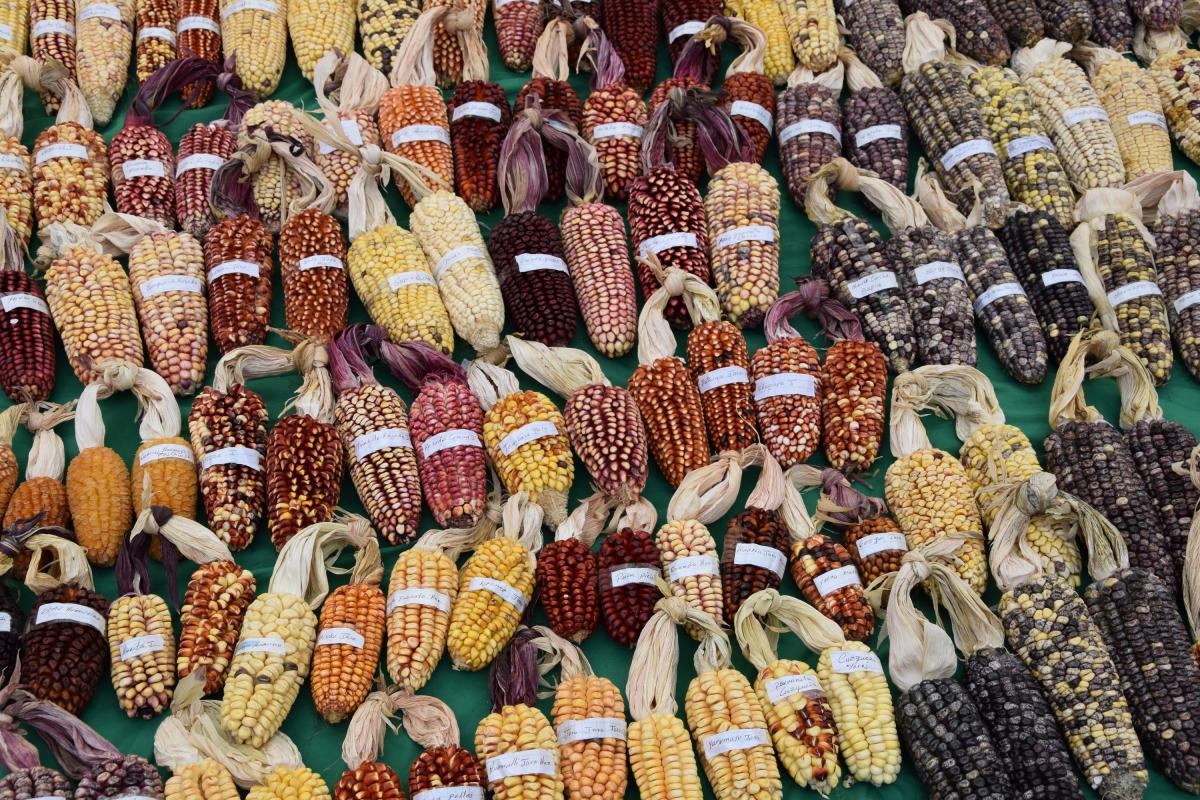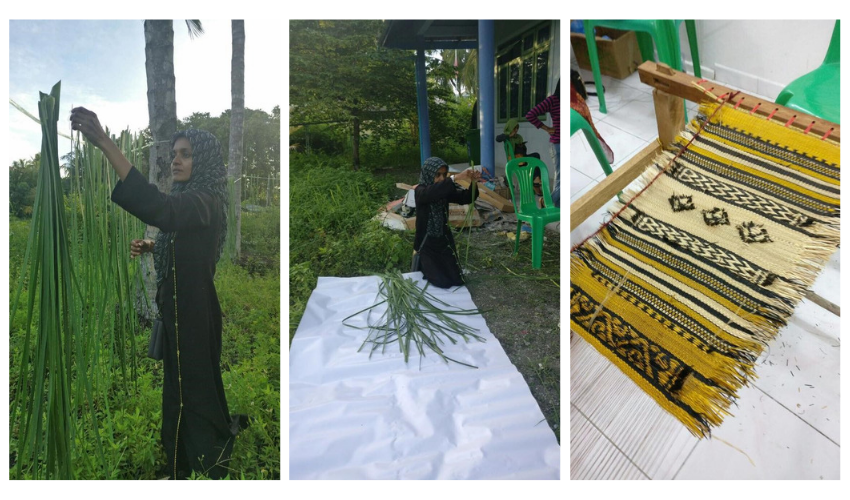Public and Private Sector Engagement for Agrobiodiversity Conservation
CEESP NEWS - by Pierina Benites Alfaro
Agrobiodiversity (AGB) is defined as the diversity of plants and animals domesticated by man, which offers various beneficial environmental services both privately and publicly. Despite this, there has been a significant drop in AGB on a global scale (FAO, 2010), particularly in high-diversity areas.
Peru is one of the eight centers of origin of agriculture in the world and boasts 3,000 varieties of potato, 55 types of corn, 24 types of quinoa, and 500 varieties of kiwicha (Ministry of the Environment of Peru, 2015).

Photo: Pierina Benites Alfaro
Given that these cultivars are preserved in family and community farming systems, these farmers bear the cost of their upkeep themselves. It should be stressed that these conservation areas are characterized by their high dependency on the income generated by agricultural activities, a low level of education, entry barriers to new markets, and the protection of ancestral knowledge. Nonetheless, at a national level, there are different degrees of proximity between these areas and urban zones.
The more farmers are in touch with markets and demand, the fewer varieties and cultivars are grown for food, at the expense of those not required by the market. In this sense, there is a strong relationship between agrobiodiversity conservation, farmers’ planting decisions and market pressures.
Farmers who are voluntarily engaged with agrobiodiversity conservation are able to see the private environmental benefits it offers, such as natural pest control, low levels of erosion, soil fertility, genetic diversity, and a decrease in the effects of climate change. However, for those not involved in farming, these advantages are not apparent – but they do reap the public environmental benefits: a supply of food and raw materials, medicines, carbon dioxide and even cultural services (tourism and esthetic beauty, among others). In light of the private and public benefits of agrobiodiversity, strategies are needed to enable active engagement from both the public and private sectors to ensure that new generations of farmers can also commit to conservation, considering its overall value.
There are various ways to achieve public recognition of varieties and cultivars. In the private sector, it is possible to identify the different uses of cultivars and salvage ancestral or research-based knowledge. Given the link between market characteristics and planting decisions, it is important to identify fair markets that enable the production of value-added produce in markets that accept small volumes for sale, acknowledge the efforts of conservation-oriented farmers and allow sustainable economic activity.
To rouse the interest of the private sector, public sector engagement is also important in germplasm collection, research, promotion of potential uses and state purchase incentive programs to offer rewards or economic incentives to products that promote planting endangered varieties and purchasing seeds from agrobiodiversity protection areas.
Although most strategies are directed at the market, it is also necessary for the state to play a key role in disseminating areas destined for the care and protection of varieties not intended for commercial use, given their private and public value. In this sense, the Andean communities and universities and higher technical institutes across the country play a very meaningful role in acknowledging the socio-environmental benefits of agrobiodiversity.



